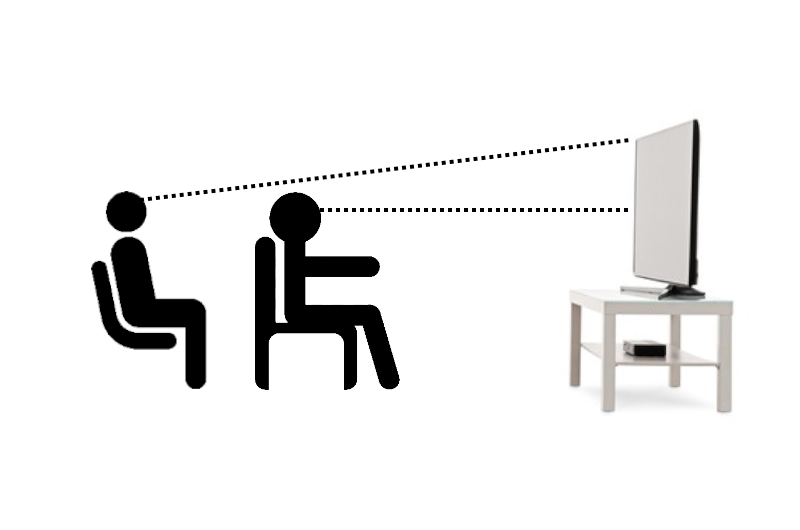Best Practices Are Not Always Best Advice
I participate in a number of hobbies. You probably do as well. Across all of them, there is one thing I find in common – best practices. This is advice that is parroted by many in the hobby over and over. It is the safe advice because everyone knows it is basically true. But there are those that take those best practices and treat them as if they were laws. Infrangible and above reproach. To these people, anything that violates these “laws” is simply wrong. It cannot be right and should be changed. But best practices are not laws and are rarely the best advice. Instead, they are a good starting point.
Examples of Best Practices in AV
In AV and home theater there are many instances of best practices. The center of your display should be at eye level (something we don’t agree with around here). Your speakers should be all pointed directly at the center of your couch (ditto on that one). You should paint the walls of your home theater black (again, not something we think is absolutely necessary).

All of these best practices are a good jumping-off point, but they don’t make great advice when they are treated as laws. Too often we see advice being given that is essentially best practices but treated as sacrosanct. Telling someone to move their center channel speaker up a couple of inches or that their TV is too high by a foot or less is common. But is this really helpful?
It Should Be About the Experience
Too often in AV and home theater, advice is given based on best practices without ever asking the user about their observations. It doesn’t help that people post pictures of their theaters online and ask for evaluations. Of course people are going to try to find something to “correct” in such a post. But best practices aren’t really about getting the absolute best experience. They are just the advice that we know usually works.
For example, let’s look at the best practices for TV height and how it translates into advice. The best practice is that the center of your display should be at your eye line. But as we’ve discussed before, your eye line isn’t necessarily the distance between your eye and the ground. That’s because our chairs mostly recline these days. Even the ones that don’t, we still lean back.

When someone asks about the height of their TV, the answer shouldn’t be based on best practices but on their experiences. Are they experiencing eye fatigue? Do they feel like they have to look up to see their TV? No? Then it isn’t too high. No matter what advice you might want to give based on best practices.
The same goes for center channel speaker height or positioning (above the screen works just as well as below no matter what they say on forums). In fact, some best practices actually make pretty poor advice. Take painting your home theater black for example. Yes, it will reduce or eliminate the light reflected from your walls to your screen. But it will also make you painfully aware of how not-actually-black your projector’s black levels actually are.
The Only Best Practices we Treat as Best Advice
Most best practices should be treated as a starting point. Diagrams for positioning your speakers are a good starting point but they often have little real-world applications. Why? Doors, walkways, non-flat ceilings…the list goes on. Knowing where your speakers should be placed is where you should start. The next step is to look at your room and do the best you can. A few inches (or even feet) aren’t really going to make that much difference.
The only exception is dual subwoofer placement. The best practices are the best advice in this case. This is because there are multiple caveats and options. The placement recommendations (we have a guide) only work with an enclosed, rectangular room. If you have that, there are nearly an unlimited number of placement options that follow a few simple rules. We’ve yet to find a room that fit the criteria that couldn’t accommodate the placement suggestions.

Giving Advice
Going forward, it is important that we don’t get myopically focused on best practices when we are giving advice. Sure, someone’s system could look like the speakers or TV should be moved based on a picture. But did you ask how it sounds? Did you ask about their experiences with their systems? Most of the time, their concerns are based on reading about best practices and them wondering if they are missing something. Most of the time, the answer is, “Probably not.” Rather than telling them to move their center channel an inch, why not just say that? Wouldn’t that be nice?


